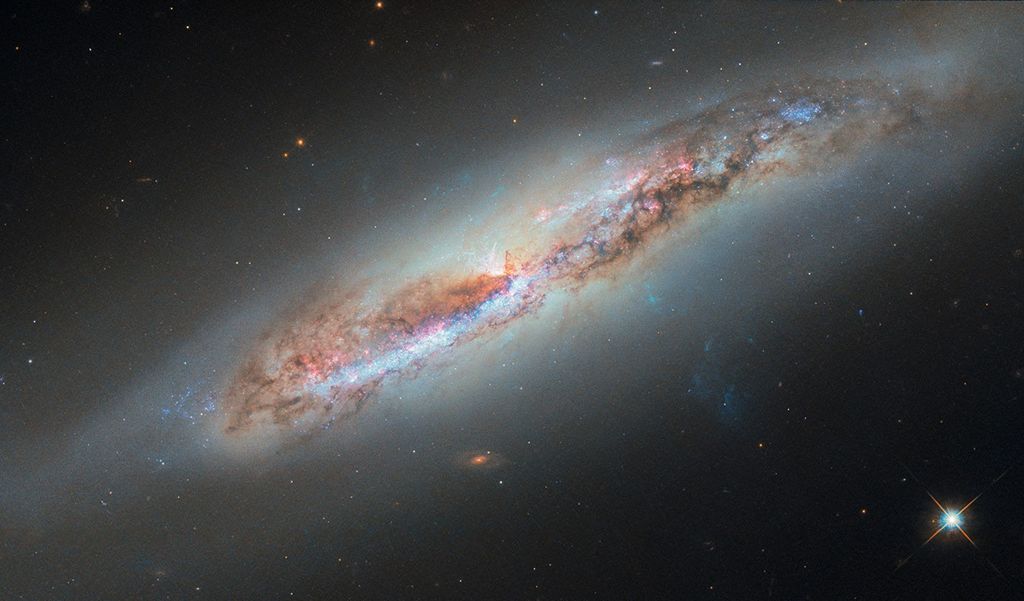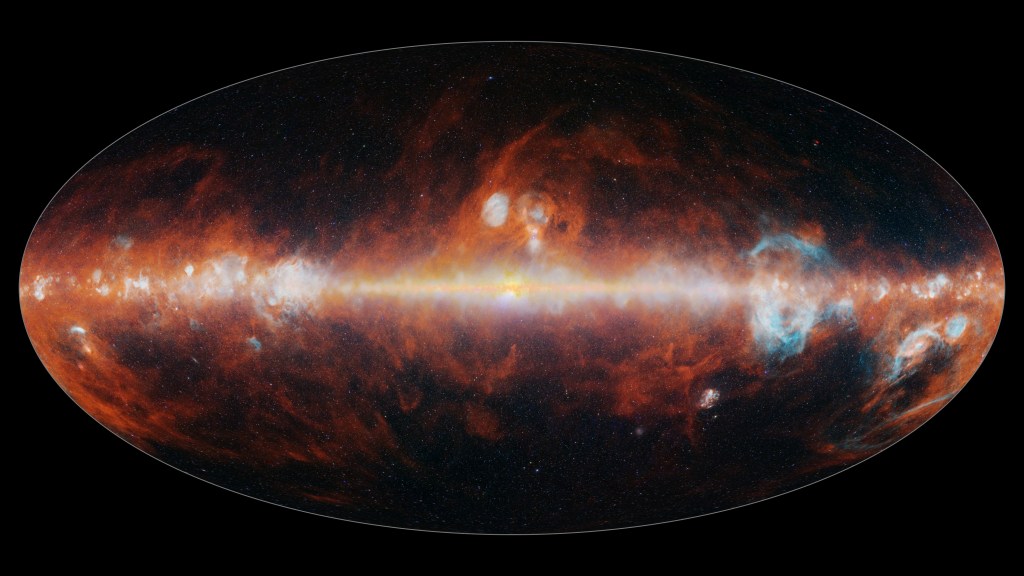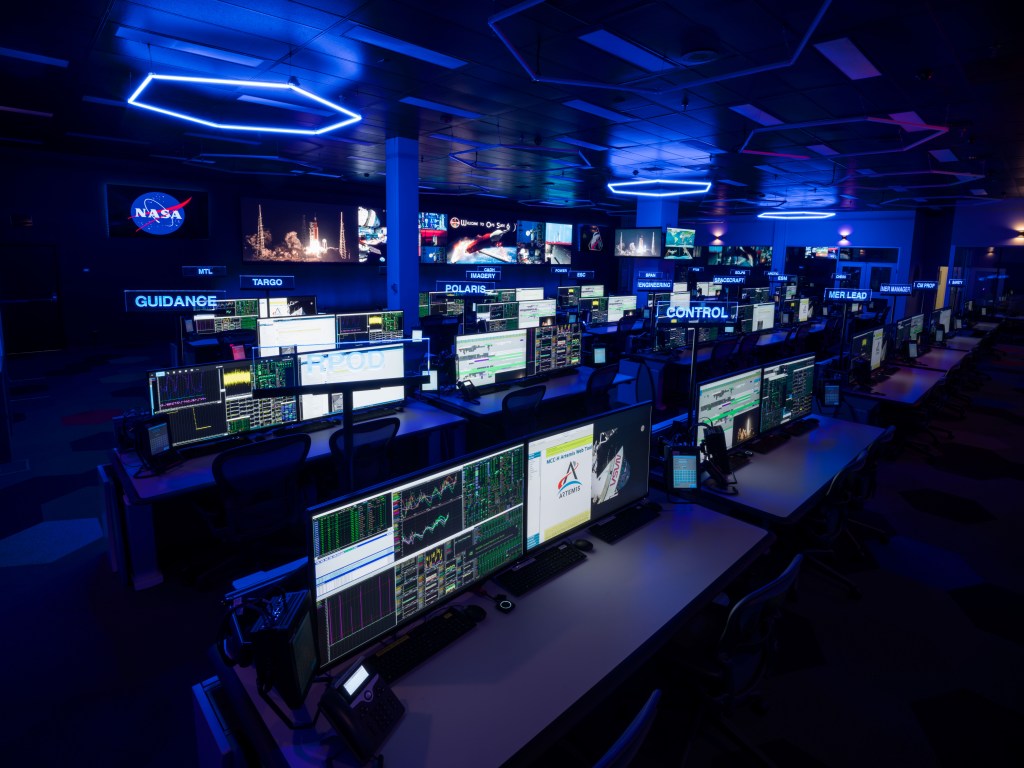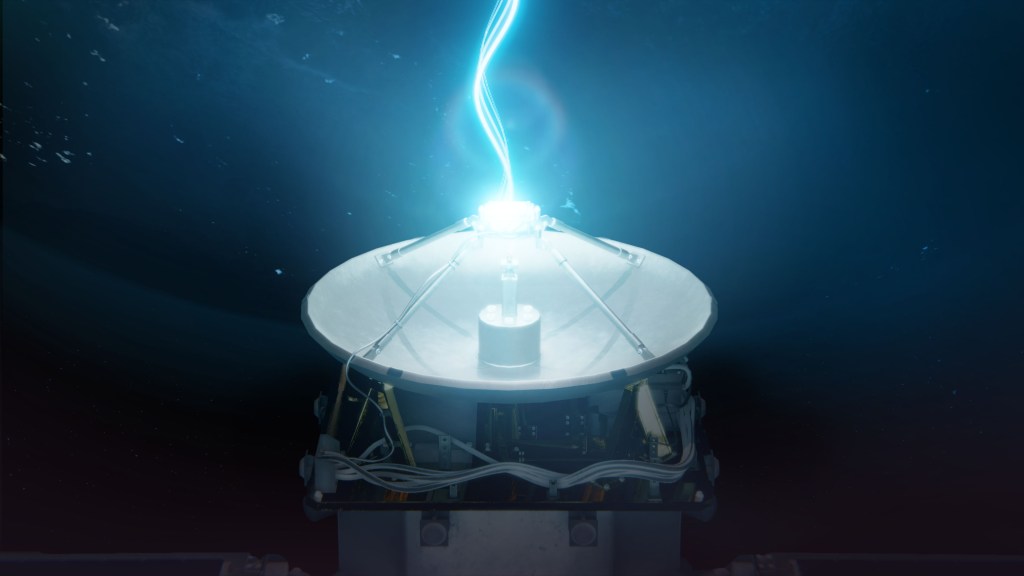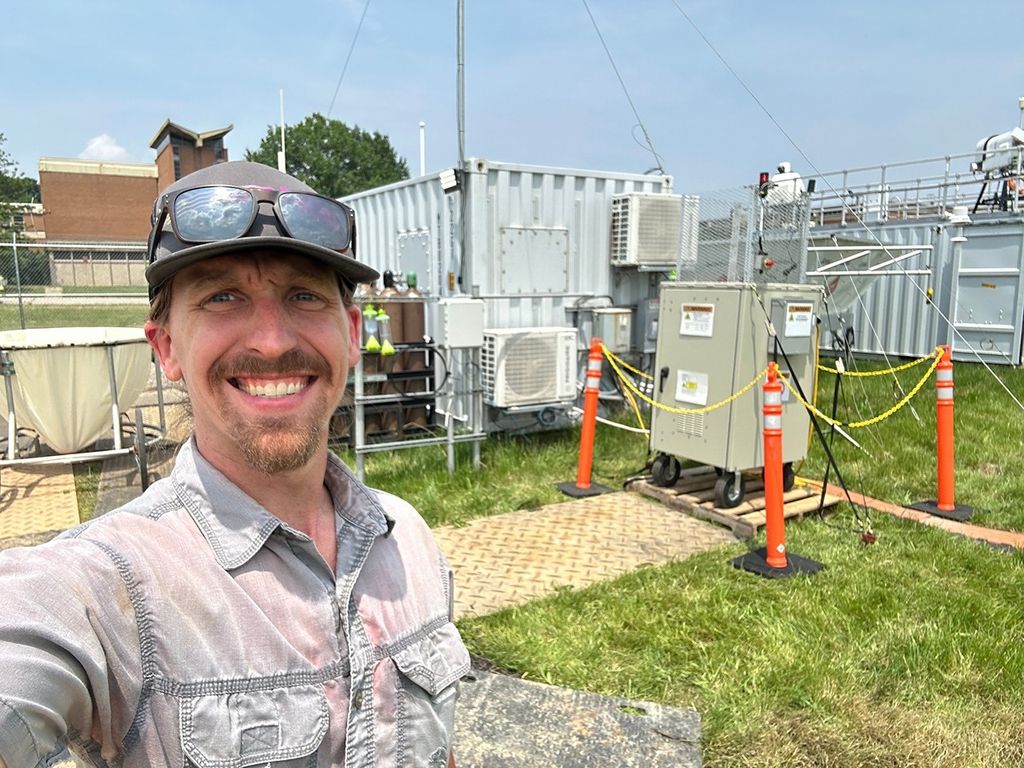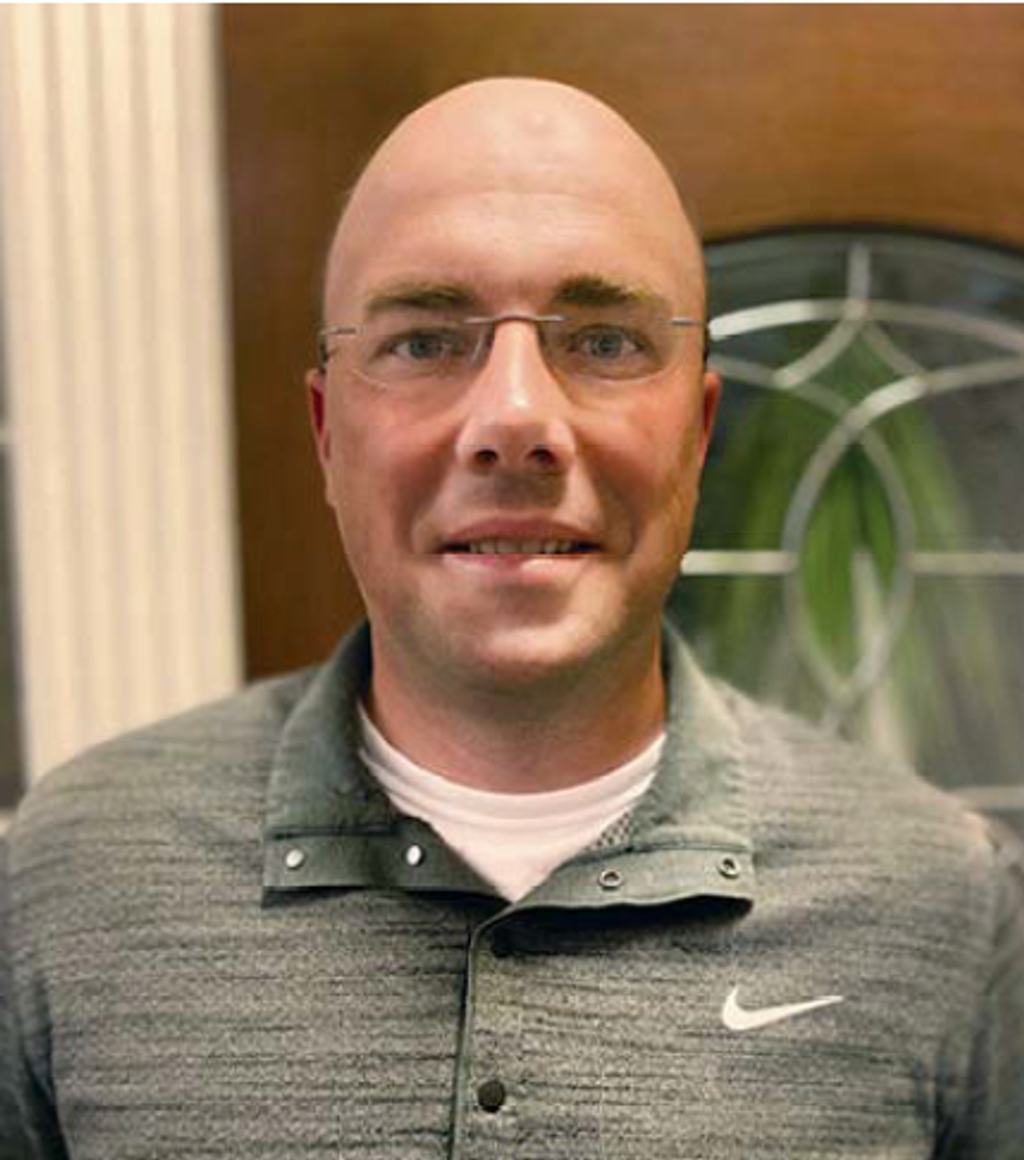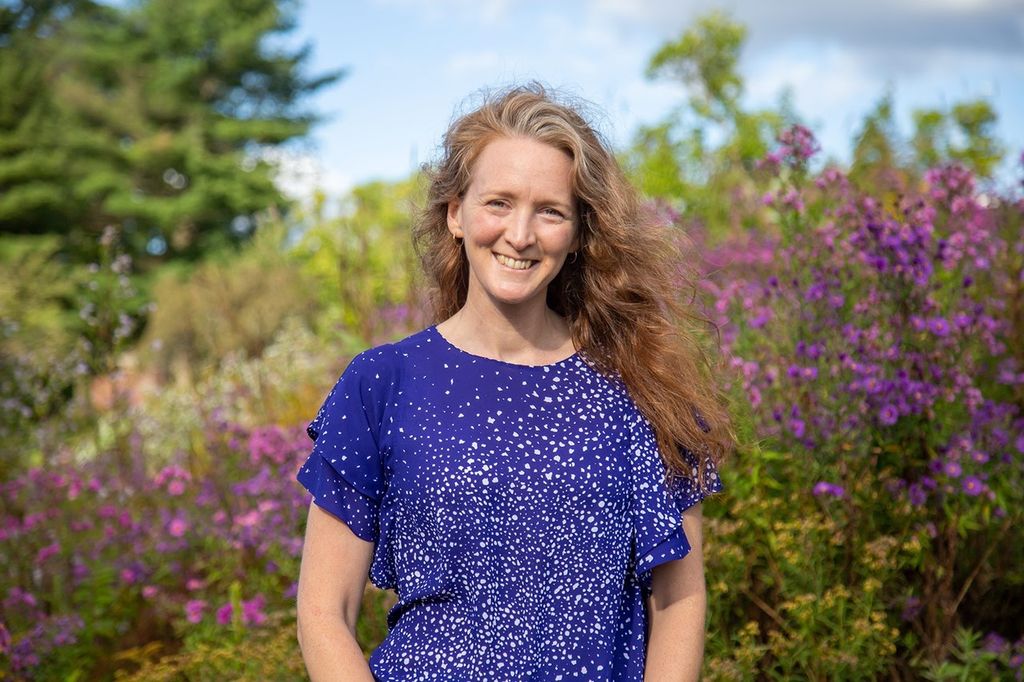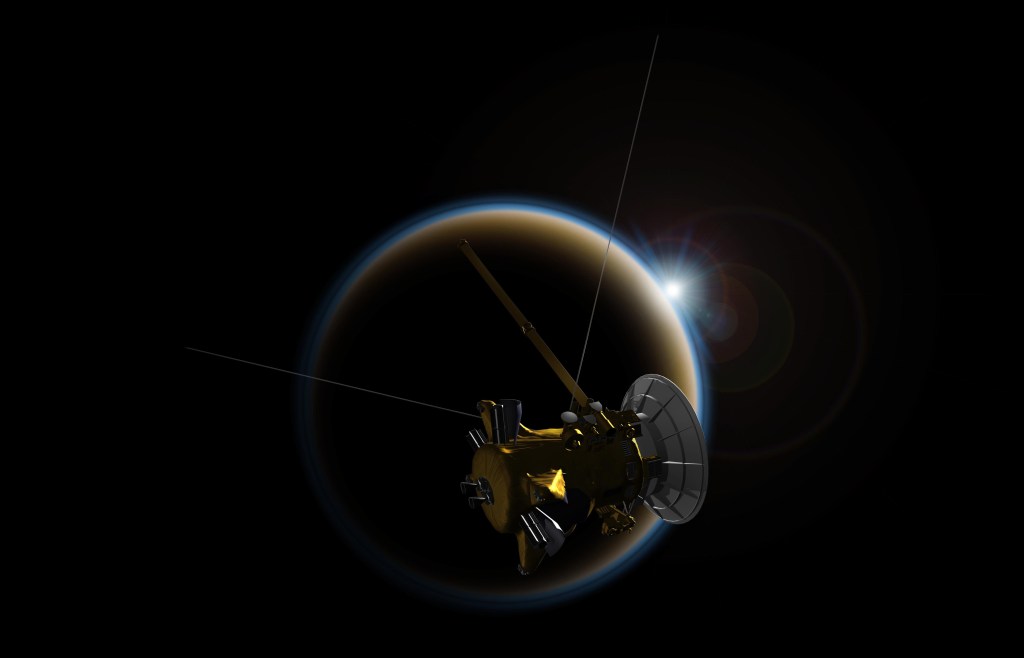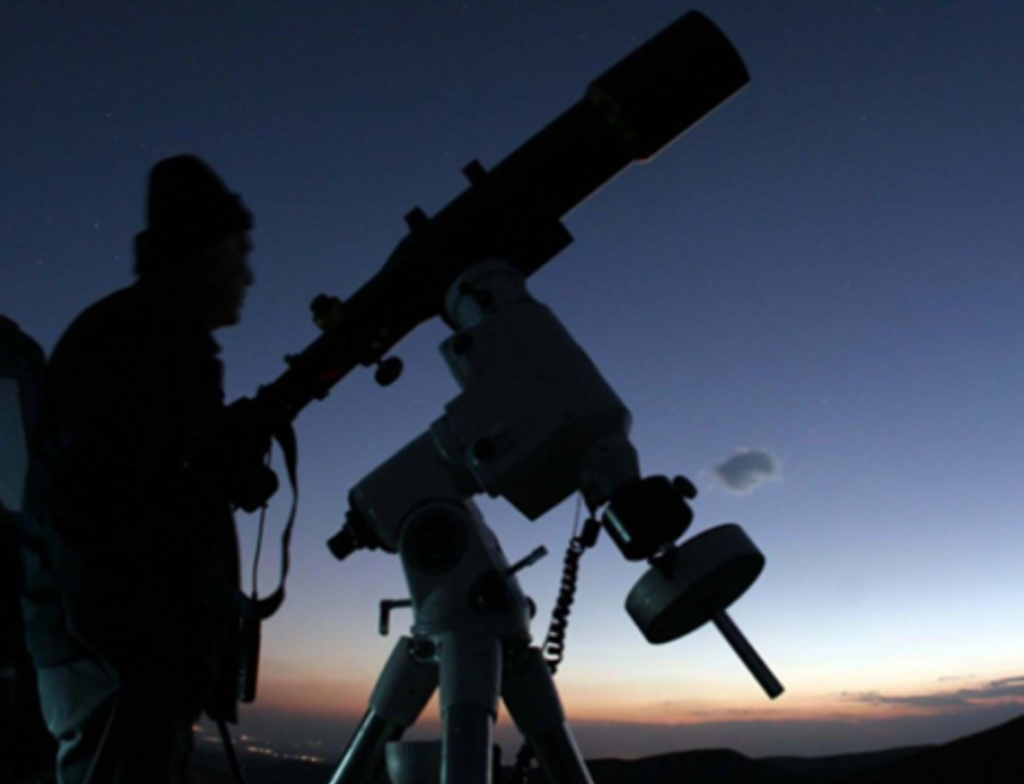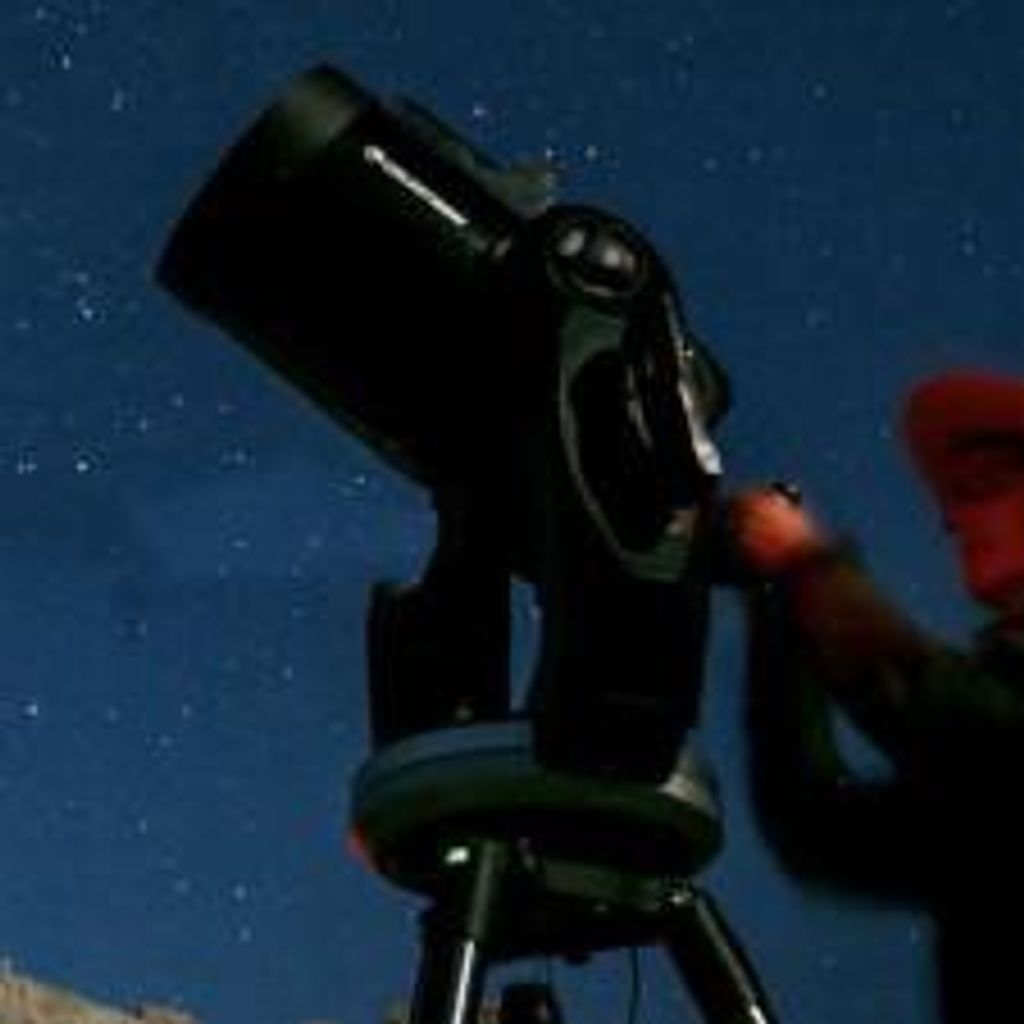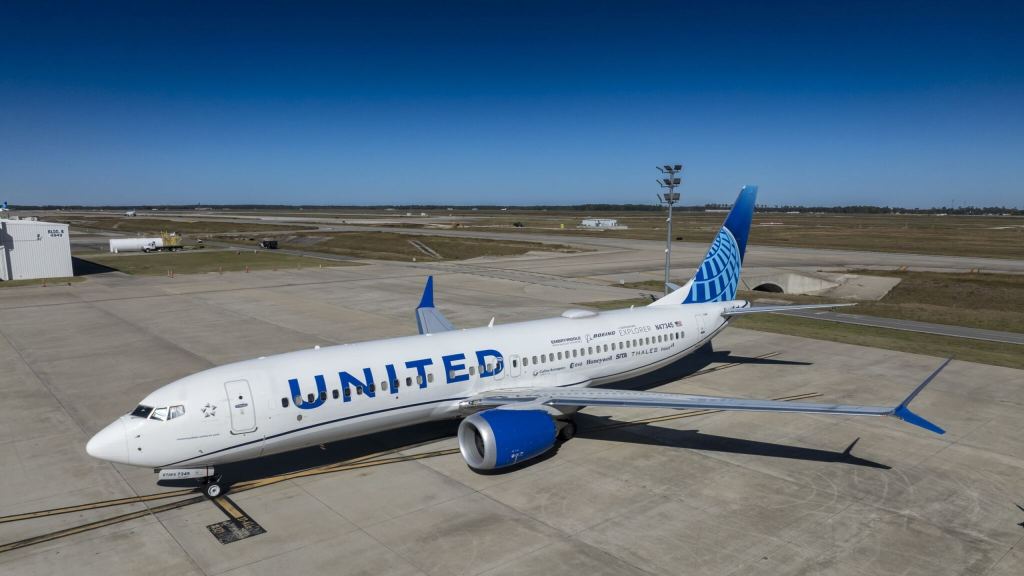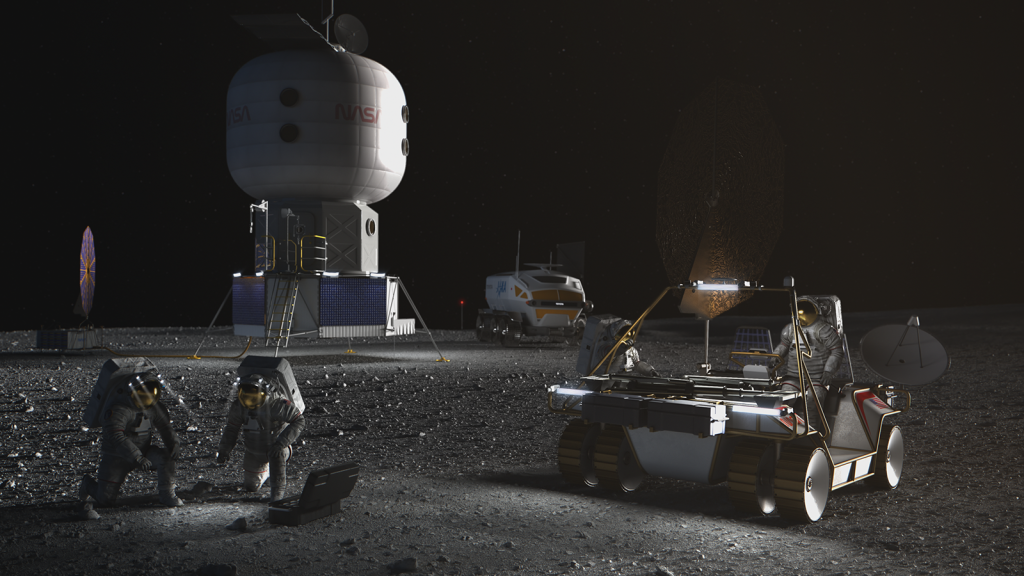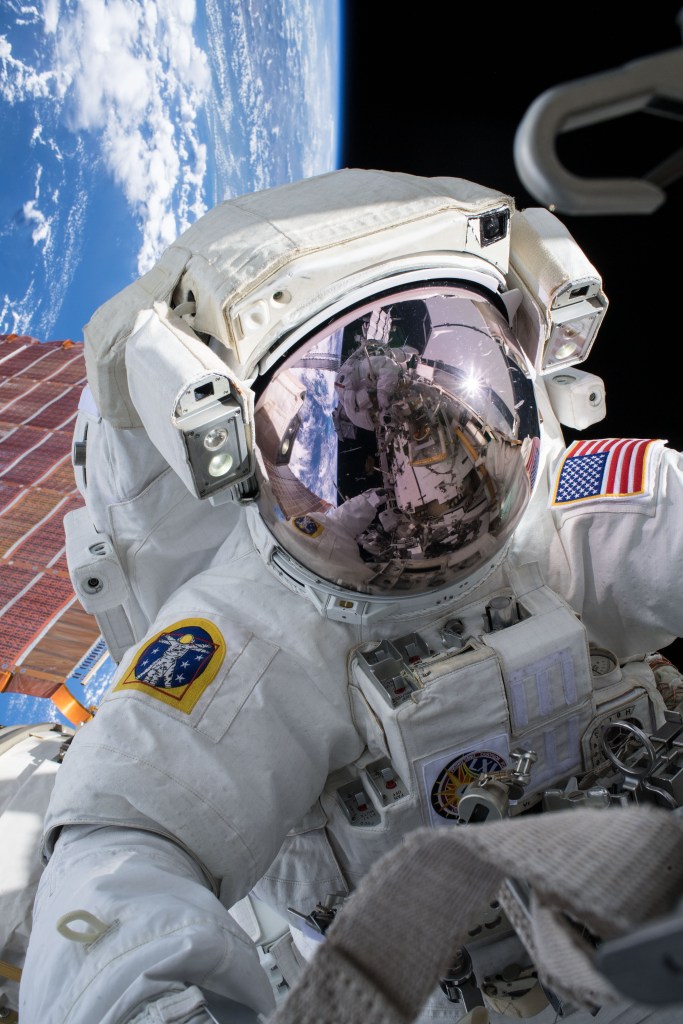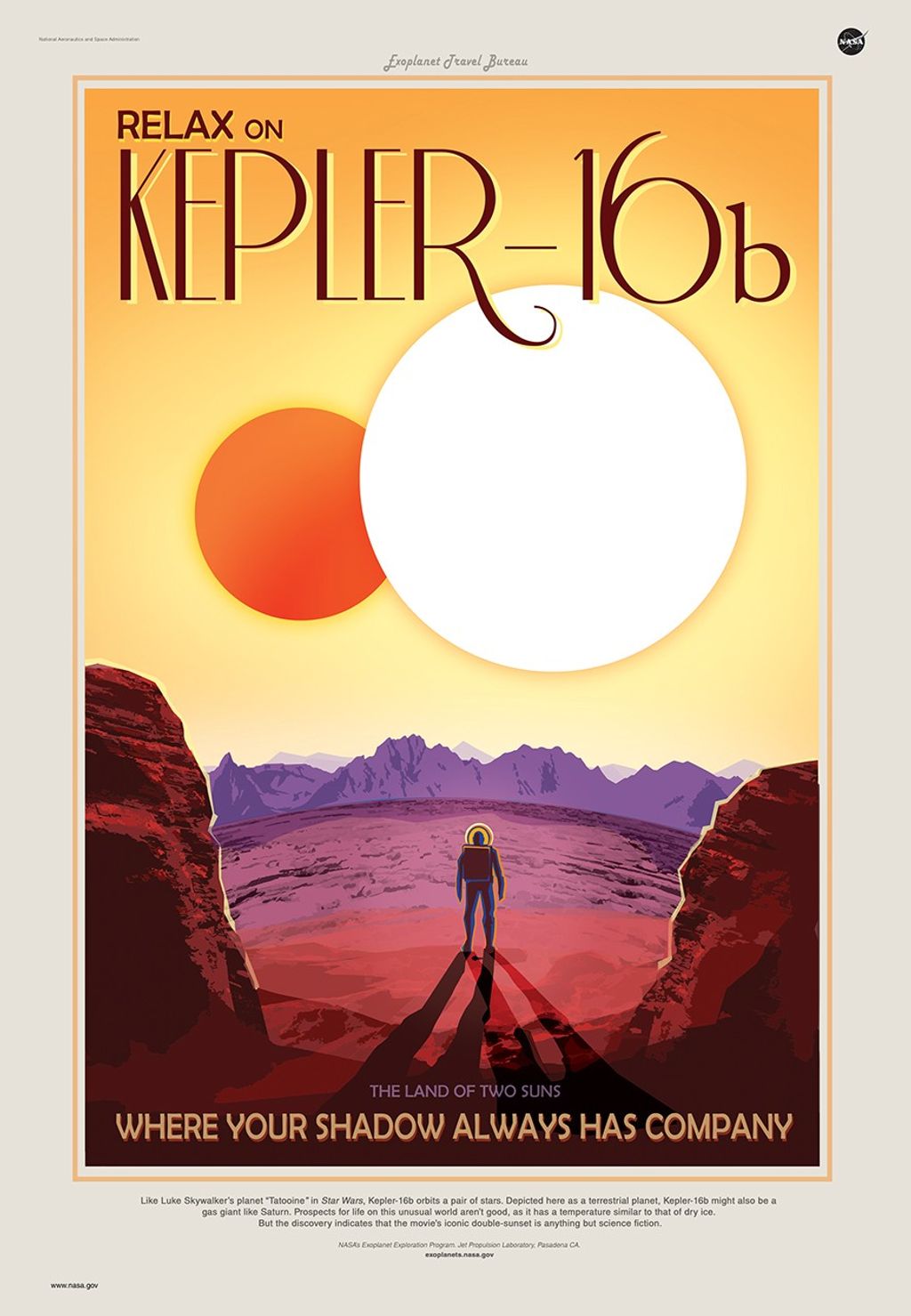NASA’s SpaceX Crew-11 Continue Long Legacy of Space Science

For nearly 25 years, people have continuously lived and worked aboard the International Space Station, advancing scientific knowledge and demonstrating new technologies that will enable human exploration of the Moon as we prepare for Mars. NASA’s SpaceX Crew-11 crew members are set to join this long legacy of conducting science aboard the orbiting laboratory for the benefit of all humanity.
Members of Crew-11 will participate in a series of experiments to address health challenges astronauts may face on deep space missions during NASA’s Artemis campaign and future human expeditions to Mars, as well as other experiments led by NASA’s Human Research Program, which pursues methods and technologies to support safe, productive human space travel.
One study will investigate fluid pressure on the brain and another will examine how the body processes B vitamins and whether supplements can affect how astronauts respond to bodily fluid shifts. Some crew members also will wear thigh cuffs to keep bodily fluids from traveling headward. Possible goals of these studies include ways to treat or prevent a group of eye and brain changes that can occur during long-duration space travel.
Another experiment will measure how multiple systems within the human body change in space, using vision assessments, MRI scans, and other medical exams to provide a complete overview of the whole body’s response to long-duration spaceflight.
Some members of Crew-11 also will participate in a series of simulated Moon landings, before, during, and after their flight, to evaluate how different gravitational forces may disorient astronauts and affect their ability to pilot a spacecraft like a lunar lander.
Select crew members will complete surveys after splashdown to track any physical discomfort acquired from re-entry, which could provide insight into whether longer duration missions increase injury risks. Such data could help provide landing system design improvements for future spacecraft as NASA prepares to travel to the Moon, Mars, and beyond.
Other science Crew-11 members will conduct on the space station include studying stem cell production methods to develop advanced cures, new ways to treat bacterial infections, and space agriculture techniques.
For more information about science being conducted on the International Space Station, visit https://www.nasa.gov/international-space-station/space-station-research-and-technology/.

